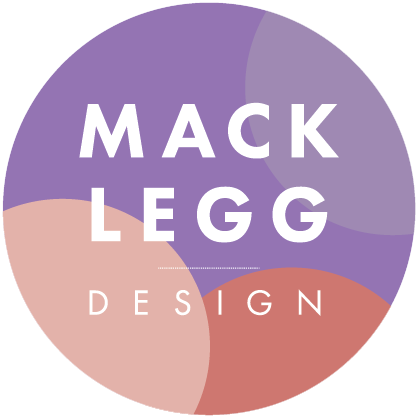The State Government Health and Human Services, In-home health online portal proof of concept.
ROLE: SR. PRODUCT DESIGNER | COMPLETED: OCT. 23
This work was completed while working as a consultant for CGI
About
A local government agency was previously unhappy with the usability of their products and strategy led by an outside agency. They recently launched a new improvement to their electronic services portal and were looking for additional solutions to support this need.
The UX/UI team at CGI was brought in to perform a comprehensive review and develop alternative solutions that would support a more user-centric approach. We were tasked with providing a proof of concept in order to win the contract.
My role
I was the Lead Product Designer, Sr. Consultant within a team of 3 designers and one Director/Strategist. I lead all client facing meetings and working sessions, as well as directed and delegated design tasks.
Results
After a successful pitch meeting and working session, we were able to secure a year-long contract. That length was much longer than originally anticipated.
Interviews & Discovery
The CGI team met with key stakeholders to conduct 1:1 interviews to help define and diagnose problem areas. We learned about who was using the system currently and what their friction points were. We also performed a Heuristic analysis on the current state of products to identify potential problem areas.
User Personas & Journey Maps
From our research we were able to put together User Personas & Journey Maps for each user type. This helped us to identify friction points at each step in the user process. We created detailed artifacts of our findings to be presented as part of the POC.
Design System & Concept Exploration
Design system
Our first step was auditing their current design system and importing it in to our Figma environment. This helped to ensure efficient workflow for us but also helped to setup the assets to be easily modified in future iterations.
This also helped to identify areas of optimization to add to a future backlog once we were brought on.
Design Exploration
In reviewing our research, we understood that one of the biggest areas of improvement was the homepage, we worked on ways to surface high priority information into a dashboard that the user could access upon logging in. We produced many mid-fidelity options, weighing the different ways to categorize and sort information.
Finalize recommendations
From our iterations, we selected the solutions that we could bring to high fidelity and provide as recommendations. As we brought in final styling, we worked closely to ensure a11y best practices were being followed and noted where we could speak to those opportunities in the final POC.
We noticed alot of the current design language was built with Material Design specs. We took that in to consideration with our suggestions as well, ensuring any new elements we were recommending were modeled after Material’s guidelines. This would ensure a cohesive experience for the user.
Final recommendations
We provided recommendations across 3 products, incorporating pain points of 3 user types, current UX best practices and a11y standards.
Below are a couple examples of the recommended solutions we provided:
Dashboard homepage
Current state
Limited key information accessible with one click
Primary CTA’s on page using an unfamiliar design pattern.
No quick way to find case worker contact information.
Solution
Provide the user with a high level view of everything they want to know.
All key functions, accessibly with one click.
Standardizing UI elements to bring familiarity from other sites this demographic would use (i.e. Nextdoor or Facebook)
Improved message center
Current state
Accordion pattern not consistent with typical email UI.
No filter functionality.
No clear indication for what is a new vs. existing message.
Solution
Introduce UI consistent with existing email clients to ensure familiarity.
Added quick responses to increase efficiency but also help users with motor impairments.
Combined the system updates and the inbox notification in to the message center so the user can view all messages in one place.
Final output
Proof of concept presentation
Myself and another designer, co-presented a 45 minute readout where we highlighted our approach, research findings and recommendations to the client. Our solutions were well received and we hosted a follow-up 1-hour session to review each improvement in detail and answer outstanding questions. From there, we were able to secure a year-long engagement where these updates are targeted to be implemented by end of Q4 ‘24.








